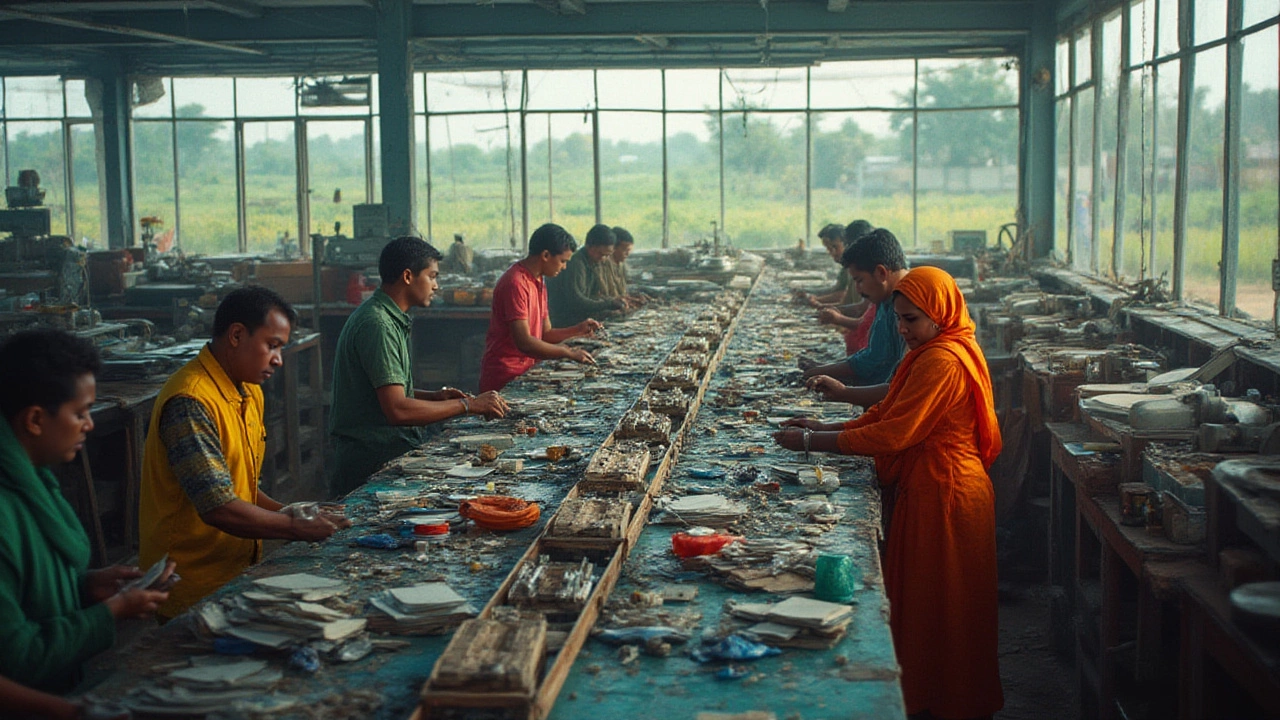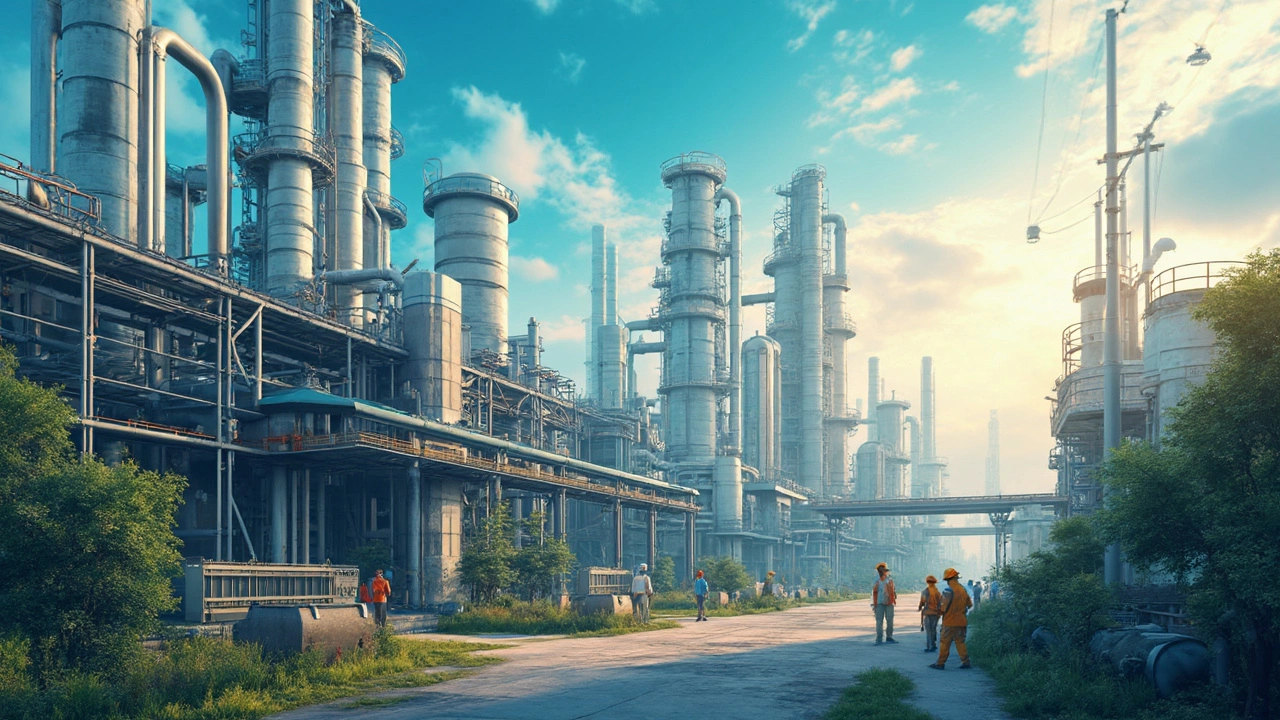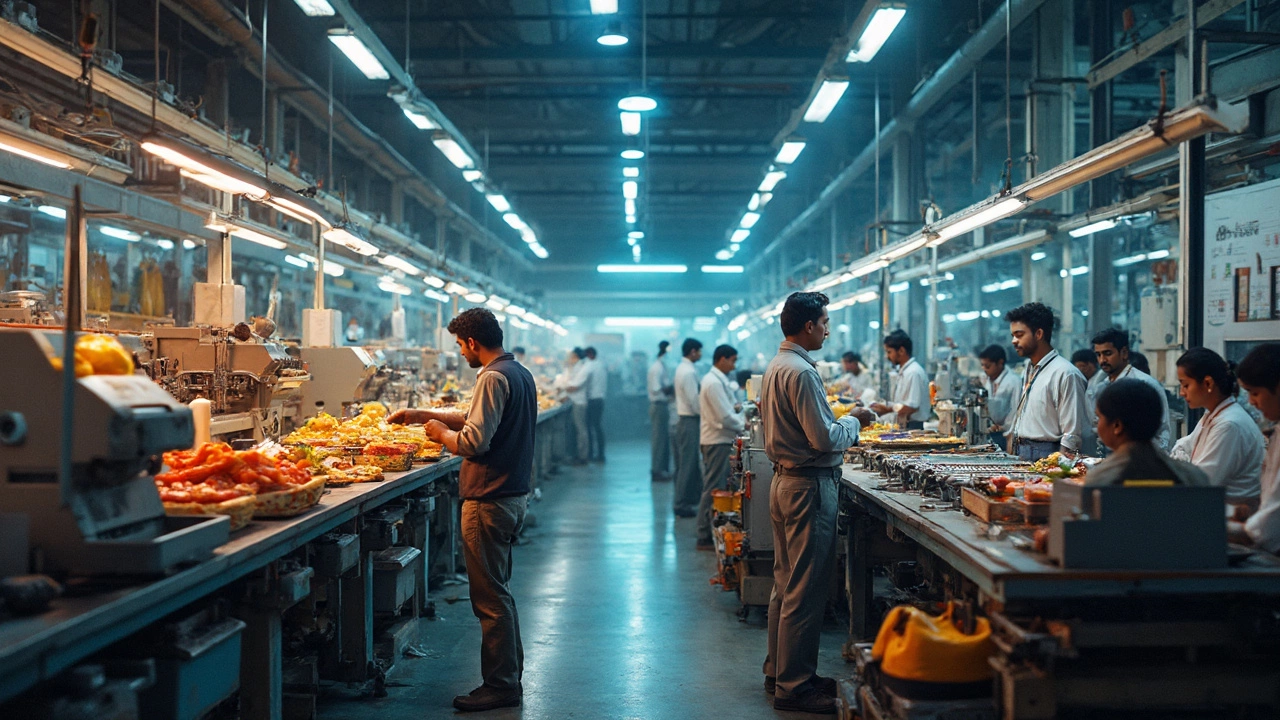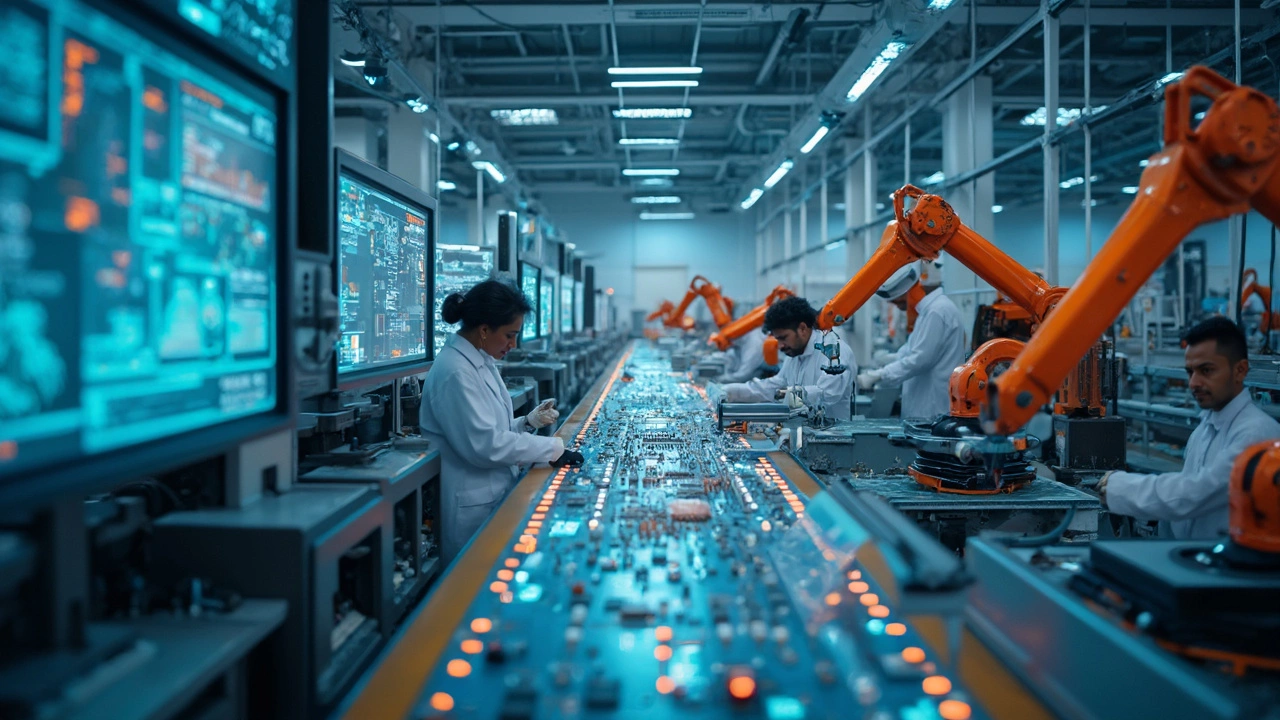Job Creation in India: Connecting Manufacturing, Agriculture, and Skills
When talking about job creation, the process of generating new employment opportunities across the economy. Also known as employment generation, it reflects how industries, policies, and training programs turn demand into lasting work. In India, the surge in factories, the push for sustainable farming, and a focus on upskilling together shape the job market.
One of the biggest engines behind job creation is the manufacturing sector, the part of the economy that turns raw materials into finished products like plastics, textiles, and automotive parts. This sector needs a skilled workforce, workers equipped with technical, digital, and safety knowledge, to keep production lines running efficiently. When factories open new lines—say, for recycled plastics in 2025 or high‑paying factory roles in the UK—the demand for trained operators, electricians, and supervisors spikes, directly feeding job creation.
Key Drivers of Job Creation
Beyond factories, the agricultural sector, the backbone of food supply that includes crops like rice, wheat, and emerging sustainable practices, is adding jobs through modern techniques such as no‑till gardening, drip irrigation, and high‑value crops. When farmers adopt water‑saving systems or shift to organic rice varieties, they need consultants, equipment installers, and market analysts—new roles that boost employment. Moreover, the push for sustainable agriculture, farming methods that protect soil, water, and biodiversity, ties directly to job creation by opening niches for eco‑certification, farm‑to‑table logistics, and agri‑tech startups.
Policy and education act as the glue that turns market demand into real jobs. Programs that fund vocational training, partner with industry to design curricula, or provide subsidies for green tech adoption all amplify job creation. For instance, when the government backs skill development for process operators or offers incentives for factories to produce recycled plastic, the employment pipeline widens, pulling in fresh talent and reducing skill gaps.
All these pieces—manufacturing growth, agricultural innovation, and focused skill development—form a loop: expanding industries need workers, workers need training, and training fuels further industry expansion. This loop is the core of economic growth and a practical roadmap for anyone looking to understand or tap into India’s evolving job market. Below you’ll find a curated set of articles that break down each component, from high‑paying factory roles to the latest in sustainable farming practices, giving you actionable insights on where the next wave of jobs is coming from.
How Manufacturing Boosts Local Economies and Improves Societal Welfare
Explore how manufacturing impacts jobs, community welfare, and the local economy with honest facts, true-life examples, and concrete advice for 2025.
- manufacturing
- India
- food processing
- garden tips
- rice cultivation
- government schemes
- balcony garden
- urban gardening
- balcony gardening
- profitable business
- business ideas
- plastic manufacturing
- drip irrigation
- plant care
- steel manufacturing
- sustainable gardening
- startup ideas
- steel industry
- flower gardening
- textile manufacturers






